1. Carrying a Wallet Full of Cards
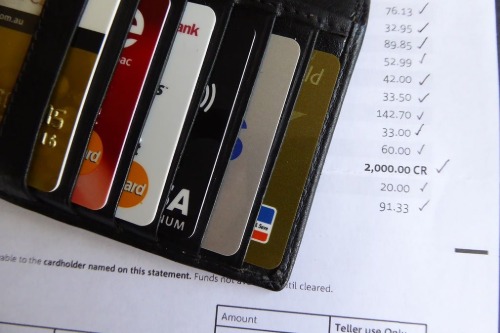
For decades, Americans have carried wallets stuffed with credit cards, IDs, insurance cards, and membership cards. But as digital wallets become more widespread, physical cards are losing relevance, according to CNET. Apple Pay, Google Pay, and other mobile payment options are making it easier to go completely card-free. Some states are even rolling out digital driver’s licenses, allowing people to store their IDs on their phones.
By 2030, carrying a thick leather wallet full of plastic may seem unnecessary, if not totally outdated. More businesses are accepting digital payments, and younger consumers are already moving toward a phone-only lifestyle. In the near future, people may be confused as to why anyone would carry multiple pieces of plastic when all their payment and identification needs could be handled by their smartphone or even a biometric scan. Future generations might see traditional wallets the way we see checkbooks today—something that once made sense but is now largely irrelevant.
2. Drinking Cow’s Milk Daily

For generations, Americans were told that drinking milk every day was essential for strong bones and good health. Advertising campaigns like “Got Milk?” reinforced the idea that dairy was a necessary part of a balanced diet. But in recent years, dairy consumption has been on the decline, with plant-based alternatives like almond, oat, and soy milk taking over grocery store shelves, according to NPR. Many people are moving away from cow’s milk due to concerns about lactose intolerance, animal welfare, and the environmental impact of dairy farming.
By 2030, drinking a glass of cow’s milk every day may seem as outdated as drinking Tang for vitamin C. Younger generations are already gravitating toward dairy-free options, and as plant-based milks become more common and affordable, traditional milk could become a niche product rather than a household staple. Future consumers may look back and wonder why so many people were convinced that drinking milk from another species was a dietary necessity.
3. Using Paper Receipts
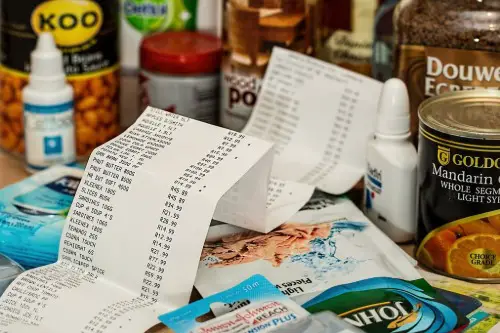
For years, walking out of a store with a long paper receipt was just part of the shopping experience. Whether it was a tiny slip from a coffee shop or a foot-long monster from CVS, receipts were everywhere. People used them to track spending, return items, or just let them pile up in their car cup holders. But today, more businesses are offering digital receipts, either via email or text, and printed ones are becoming less necessary, The Guardian reports. States like California have already started pushing stores to default to digital, and with growing environmental concerns, the wastefulness of paper receipts is harder to ignore.
By 2030, the idea of needing a physical piece of paper to prove a transaction may seem ridiculous. Digital banking automatically tracks purchases, and most stores already have electronic records of what was bought and when. Younger consumers are already used to getting receipts on their phones, and in the near future, printed ones might be seen as wasteful, outdated, and even inconvenient. People may look back and wonder why they ever had to dig through a pile of crumpled receipts just to return a pair of shoes.
4. Signing Credit Card Receipts
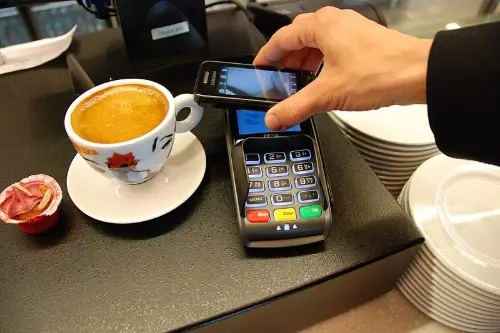
If you’ve ever messily scribbled something that barely resembles your name on a receipt and still had your transaction approved, you know how pointless this practice is. For decades, Americans were required to sign for credit card purchases, even though no one actually verified the signature. It was meant to prevent fraud, but in reality, it was more of a formality than an effective security measure. Other countries moved on from signatures years ago, replacing them with chip-and-PIN systems and tap-to-pay options. The U.S. was one of the last holdouts, but even here, signatures are fading fast, WSJ reports.
By 2030, signing for purchases will feel as outdated as handing over a physical check at a grocery store. Chip technology, contactless payments, and mobile wallets are making the process obsolete. Many younger shoppers already find it strange when a store asks them to sign, and before long, the whole ritual will seem like an unnecessary hassle from the past. Future generations may be amazed that people once had to manually sign their name just to buy a cup of coffee.
5. Writing Checks for Rent
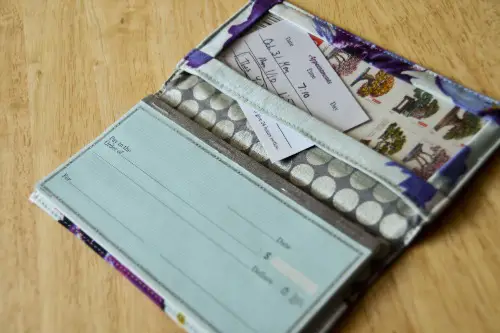
For decades, paying rent meant sitting down, writing out a check, and either mailing it or dropping it off at a leasing office. But with the rise of digital payment platforms like Venmo, Zelle, and automatic bank transfers, checks are quickly becoming a thing of the past, according to The Washington Post. Many landlords now prefer online payments because they’re faster, more secure, and don’t come with the risk of bouncing like checks do.
By 2030, the idea of physically writing out a check every month may seem incredibly inefficient. Younger renters, many of whom have never owned a checkbook, already find it odd that some landlords still insist on paper checks. As more rental companies and property managers embrace digital transactions, this old-school payment method will likely disappear entirely. People may eventually find it hard to believe that rent payments once involved mailing a piece of paper and waiting days for it to clear.
6. Owning a Landline Phone
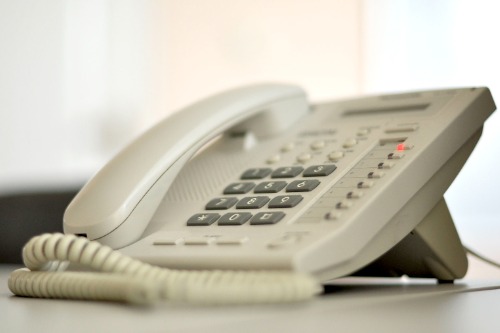
At one time, every home in America had a landline phone. It was the primary way people stayed in touch, and families would often memorize their home phone number by heart. But with the rise of cell phones, landlines have become increasingly rare. Today, many younger people have never even had a landline, and the only calls that come through on home phones tend to be from telemarketers.
By 2030, owning a landline may seem as outdated as having a fax machine at home. More people are relying entirely on mobile devices, and services like Wi-Fi calling make landlines even less necessary. The idea of paying for a separate home phone line when everyone in the house already has a cell phone will likely seem absurd. Future generations may struggle to understand why anyone needed a phone that was physically connected to a wall.
7. Printing Boarding Passes

For years, printing out a boarding pass was just part of traveling. People would check in online, print their pass, and carry it with them through security and onto the plane. But mobile check-in and digital boarding passes have made printed versions nearly obsolete. Most airlines now offer app-based passes that can be scanned directly from a phone, and some are even introducing biometric screening to eliminate the need for a pass altogether.
By 2030, printing a boarding pass may seem as outdated as printing MapQuest directions. With airports becoming more high-tech, carrying around a piece of paper just to get on a plane will likely feel unnecessary and old-fashioned. Future travelers may wonder why people ever wasted time printing something they could just store on their phone.
8. Using Physical Menus at Restaurants

For decades, dining out meant sitting down at a table and being handed a laminated menu—or in some cases, a giant book of options if you were at The Cheesecake Factory. But that started changing during the COVID-19 pandemic when many restaurants switched to QR code menus to reduce physical contact. What was originally a temporary safety measure stuck around because it turned out to be more convenient for restaurants. Digital menus allow businesses to update prices and items instantly, reducing waste and printing costs.
By 2030, physical menus might be a rare sight outside of high-end or themed restaurants. As people get more comfortable scanning a QR code to browse food options, younger diners may find it odd that menus were once printed on paper and handed out to every table. Even beyond convenience, digital ordering through phones or kiosks is becoming more common, further reducing the need for physical menus. Future generations may find it strange that restaurants once had to reprint entire stacks of paper every time they changed their menu.
9. Watching Cable TV
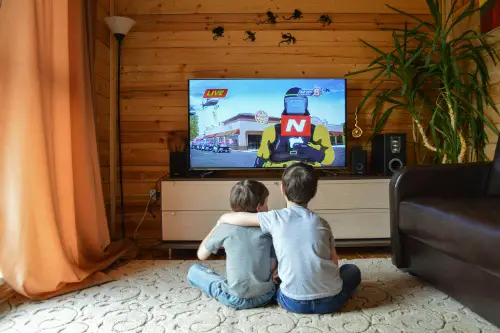
Not too long ago, watching TV meant flipping through cable channels, sitting through commercials, and following a set schedule for your favorite shows. But cable has been on a steady decline for years, with streaming services offering on-demand content at a lower cost. Many young people have never had a cable subscription, relying entirely on platforms like Netflix, Hulu, and YouTube. Even major networks are shifting to streaming services, making traditional cable feel increasingly unnecessary.
By 2030, paying for a cable package with hundreds of channels—most of which you never watch—will likely seem ridiculous. Streaming services already allow people to watch what they want, when they want, and with fewer ads. The idea of paying for a bloated cable bundle just to access a few shows will seem like a relic from another era. Future TV viewers may wonder why people ever put up with high cable bills, long hold times for customer service, and endless channel surfing just to find something to watch.
10. Using Cash for Everyday Purchases

Cash used to be king, but now it’s barely holding on. Over the past decade, digital payments have taken over, with credit cards, mobile wallets, and tap-to-pay options becoming the norm. Many businesses already prefer electronic transactions, and some places no longer accept cash at all. The COVID-19 pandemic accelerated this shift, as contactless payments became the preferred method to minimize physical contact.
By 2030, paying for everyday purchases with cash might seem as outdated as using a typewriter. Younger generations are already moving away from physical currency, and with the rise of digital-only banking, there may come a time when cash is almost entirely phased out. Future shoppers may wonder why people ever carried around paper bills and loose change when they could just tap their phone or smartwatch instead.
11. Driving Without Assisted Technology
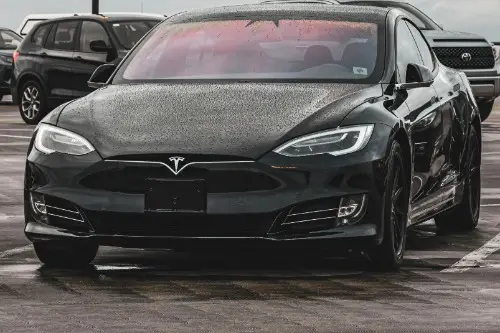
For over a century, driving meant full manual control—steering, accelerating, braking, and parking all required human input. But car technology is evolving fast, and many new vehicles already come with features like adaptive cruise control, lane-keeping assist, and automatic emergency braking. Fully autonomous cars aren’t mainstream yet, but semi-autonomous driving is becoming more common.
By 2030, manually handling every aspect of driving may seem like an unnecessary hassle. Younger generations may be amazed that people once had to parallel park without assistance or navigate long road trips without any self-driving features. As technology continues to improve, future drivers might view fully manual driving the way we see horse-drawn carriages—something that was once normal but is now completely outdated.
12. Owning a Ton of Physical Books

For centuries, books were one of the main ways people consumed information and entertainment. Personal libraries were a sign of knowledge and status, and many homes were filled with shelves of books. But with the rise of e-books and audiobooks, fewer people are buying physical copies. Digital formats allow readers to carry thousands of books on a single device, making them more convenient for travel and storage.
By 2030, massive personal book collections may seem like an unnecessary use of space. While print books won’t disappear entirely, future generations may wonder why people filled entire rooms with bookshelves when they could have an entire library on their phone. With environmental concerns about paper production and the convenience of digital reading, the era of owning hundreds of physical books may soon come to an end.
13. Using Separate Streaming Services
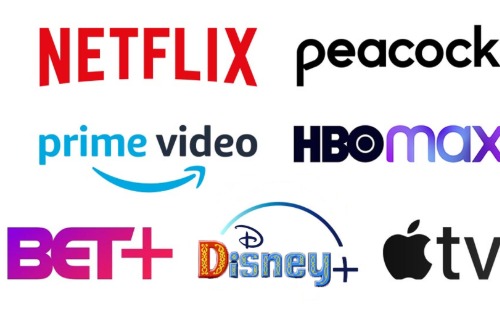
Right now, streaming services are fragmented. People juggle multiple subscriptions, switching between Netflix, Disney+, HBO Max, and countless others to find what they want to watch. But as the streaming market matures, companies are already starting to consolidate. Disney has merged Hulu content into its platform, and similar mergers are expected in the future. Consumers are also pushing back against subscription overload, with many canceling services due to rising costs.
By 2030, managing multiple separate subscriptions may seem as outdated as renting DVDs from Blockbuster. The streaming industry will likely move toward bundled services, where everything is accessible from a single platform. Future viewers may find it hard to believe that people once had to subscribe to five or six different services just to watch their favorite shows.
14. Wearing Uncomfortable Business Attire

For decades, dressing for work meant stiff suits, ties, high heels, and restrictive dress codes. Office culture dictated that professional attire was a must, even if it wasn’t practical or comfortable. But remote work and shifting workplace norms have changed that. More companies are embracing business casual or even fully casual dress codes, recognizing that productivity isn’t tied to wearing a suit.
By 2030, wearing uncomfortable business attire may feel as outdated as wearing a corset. Future workers may wonder why people ever tolerated dress shoes that hurt their feet or neckties that served no real purpose. As workplaces continue to evolve, the idea of dressing up just to sit at a desk all day will likely seem unnecessary and outdated.


